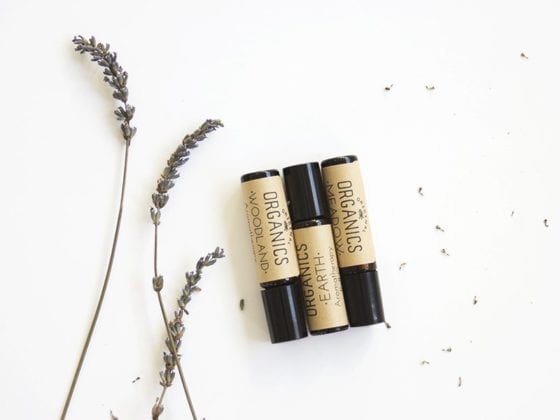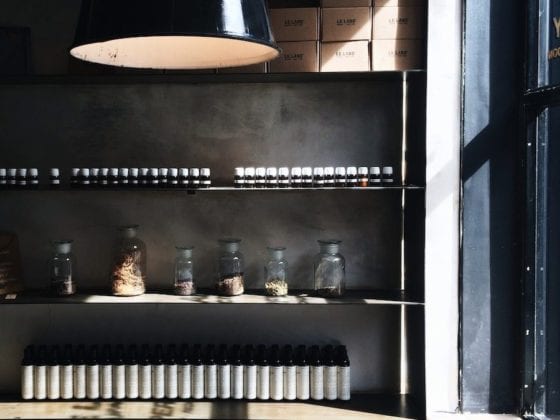A Note From The Editor: October is the beginning of Domestic Violence Awareness Month. Violence can come in many forms. Breaking the cycle of violence involves awareness, education, advocacy and resources. Domestic violence does not discriminate. We think it’s extremely important to take some time this month to learn more about this pervasive issue and think about how you can be a part of changing the statistics of domestic violence in your circle of influence.
Connection is to our soul what oxygen is to our lungs.
The impact of feeling seen and understood by someone we love is immensely powerful.
Yet, sometimes the deep desire to stay connected in a meaningful relationship clouds the signs that the relationship has turned toxic and abusive.
Abuse by a current or former partner can involve some combination of physical, sexual, emotional abuse and violence. The Power and Control Wheel (Copyright © Family Violence Prevention Fund) reflects the common cycle of abuse in relationships. If any kind of abuse or neglect occurred earlier in life, this type of toxic connection may seem “normal” to both the abused and the abuser.
Emotional abuse (also known as verbal or psychological abuse) can be particularly challenging to recognize, especially when physical and sexual abuse are not present — though they often occur before or concurrently with emotional abuse.
Emotional abuse is harder to identify because there are no bruises. It can be visible to others or subtle, discreet and controlled, which makes it all the more damaging to the abused. Physical abuse does not need to be happening for it to qualify as abuse. Discerning the difference between healthy conflict and the cycle of emotional abuse can become more and more difficult to discern and confusing over time in abusive relationships.
Violence can happen with words alone. It is a violent act to use words to shame, degrade, devalue and break the spirit of someone. Words can be weapons for truth or used to collude with the lies of shame. Words have the ability to lift up and edify or leave bruises on our souls. Emotional abuse leaves scars that may not be easily detected or understood.
It is a violent act to use words to shame, degrade, devalue and break the spirit of someone.
When connection is threatened to be broken in an important, though abusive, relationship, the brain can start to tell stories to protect and make sense of the distress. These stories are usually not accurate, especially when emotional abuse is involved.
Fear tells a story that this is the only chance at love and another relationship is not possible. Make the most of this relationship or be alone for the rest of your life. No one is going to believe you, so stay silent about the abuse. Stay on your best behavior so you do not make your partner mad. Do what your partner says or your partner will ruin your relationship.
Shame tells a story that you are the problem and you never will find a relationship that is different. Your standards are too high and you are too sensitive — things are not that bad. You are too damaged and not capable of being in a relationship where a partner will work with you on improving how you care for each other. Everyone will blame you if you speak up.
Hope’s story says things will get better and believes the repeated apologies and promises to change. Hope remembers the relationship’s good times. Hope may rationalize and normalize abusive behavior by saying that everyone has hard times and struggles to make life changes. Hope says your loved one has the potential for making lasting changes, just hang in there.
It is especially confusing if the abusing behavior is infrequent and/or the abusive partner is educated, successful and/or well-respected in the community. Emotional abuse — whether overt or subtle — is devastating and can cause long-term physical health complications, mental health struggles, post-traumatic stress disorder, suicidal thoughts and a low sense of self-worth.
Though difficult and scary, asking the following questions may help get important clarity on the health of a relationship:
Do you feel your needs and preferences are respected?
When there is conflict, does your partner dismiss your perspective?
Do you feel controlled or manipulated via threats of violence, suicide, withholding affection or monetary support — especially when you disagree with your partner?
Do you feel scared when you are with your partner?
Do you feel isolated from friends or loved ones because of demands by your partner?
Do friends and family express concern about the health of your relationship?
If your partner drinks or uses drugs, are abusive behaviors magnified during times of substance use?
Does your partner apologize and ask for second chances but eventually falls back to abusive behaviors?
Do you feel like you have to walk on egg shells; that you never know what your are going to experience when you are with your partner?
Do you struggle with paralyzing self-doubt and find it difficult to make decisions because of words and actions by your partner?
Answering yes to the above is important data which indicates emotional abuse may be present or the relationship is vulnerable to developing into an abusive relationship. Getting safe and the needed support is a very brave and important step for all who are in abusive relationships.
Though it can be tedious, messy, complicated and painful work, choosing to end a toxic and abusive relationship is choosing life and choosing freedom.
There is still a long way to go in changing the cultural narrative around all kinds of abusive relationships. Improving education and informing more people in positions of power and influence is crucial. The following resources are a good place to start in learning more about partner abuse and violence: Safe Voices, National Coalition Against Domestic Violence, Love Is Respect, National Network to End Domestic Violence.
For anonymous, confidential help, 24/7, please call The National Domestic Violence Hotline at 1.800.799.SAFE (7233) 1.800.787.3224 (TTY).
Image via Taylr Anne











